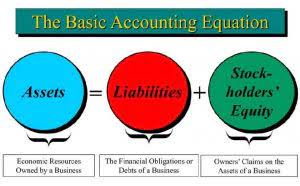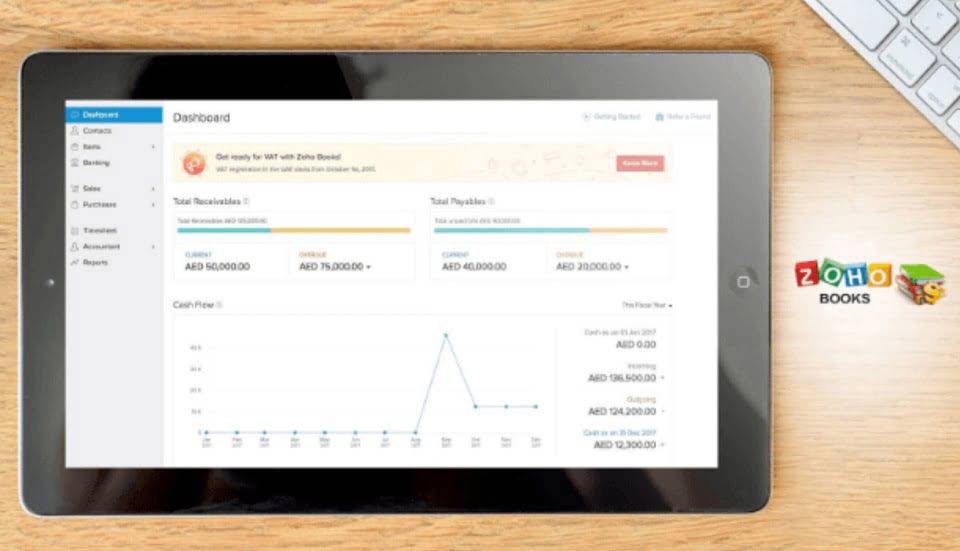Changes in Net Working Capital Formula, How To Calculate?

A business has positive working capital when it currently has more current assets than current liabilities. This is a sign of financial health, since it means the company will be able to fully cover its short-term obligations as they come due over the next year. An increase in working capital means that a company has more cash tied up in its current assets.

Accounts Receivable May Be Written Off
The net effect is that more customers have paid using credit as the form of payment, rather than cash, which reduces the liquidity (i.e. cash on hand) of the company. If a company’s change in NWC has increased year-over-year (YoY), this implies that either its operating assets have grown and/or its operating liabilities have declined from the preceding period. We can add context to this number by calculating the percentage change during the period. To do this, just divide the difference from change in working capital formula above, $420 million, by last year’s total assets, $1.975 billion. Again, a positive number indicates growth, and a negative number indicates a decline.
Strategies for Improving Working Capital Management

This can lead decreased operations, sales, and may even be an indicator of more severe organizational and financial problems. The cash flow from operating activities section aims to identify the cash impact of all assets and liabilities tied to operations, not solely current assets and liabilities. The formula to calculate the working capital ratio divides a company’s current assets by its current liabilities. The net working capital (NWC) formula subtracts operating current assets by operating current liabilities. Conversely, negative working capital occurs if a company’s operating liabilities outpace the growth in operating assets. This situation is often temporary and arises when a business makes significant investments, such as purchasing additional stock, new products, or equipment.

Online Investments

You can calculate the current ratio by taking current assets and dividing that figure by current liabilities. Generally, the higher the ratio, the better an indicator of a company’s ability to pay short-term liabilities. The balance sheet organizes assets and liabilities in order of liquidity (i.e. current vs long-term), making it easy to identify and calculate working capital (current assets less current liabilities).
Which of these is most important for your financial advisor to have?
Yes, working capital can be zero if a company’s current assets match its current liabilities. While this doesn’t always indicate financial health, businesses should manage their working capital carefully to have adequate liquidity and meet short-term obligations. This indicates the company lacks the short-term resources to pay its debts and must find ways to meet its short-term obligations. However, a short period of negative working capital may not be an issue depending on the company’s stage in its business life cycle and its ability to generate cash quickly. By subtracting the total Current Liabilities ($65,000) from the total Current Assets ($90,000), you can see this company’s current assets exceed their current liabilities, yielding a positive working capital of $25,000. This indicates that the company is very liquid and financially sound in the short-term.
- This is a sign of financial health, since it means the company will be able to fully cover its short-term obligations as they come due over the next year.
- The table below summarizes the company’s assets for the past two year-end periods.
- This increase in working capital will have a negative impact on the company’s cash flow since the cash is now tied up in the business and cannot be used for other purposes.
- The numbers are what they are because of decisions and events that actually occurred.
- They don’t include long-term or illiquid investments such as certain hedge funds, real estate, or collectibles.
How is change in working capital calculated?
- Working capital is the difference between a company’s current assets and liabilities, while net working capital is the difference between current assets and current liabilities excluding short-term debt.
- The company’s cash flow will increase not because of Working Capital, but because the company earns profits on the sale of these products.
- A company with a ratio of less than one is considered risky by investors and creditors because it demonstrates that the company might not be able to cover its debts if needed.
- At the same time, the company effectively manages its inventory levels and negotiates favorable payment terms with suppliers, resulting in slower growth in accounts payable (A/P).
- It might indicate that the business has too much inventory or isn’t investing excess cash.
The current liabilities section typically includes accounts payable, accrued expenses and taxes, customer deposits, and other trade debt. The net working capital (NWC) calculation only includes operating current assets like accounts receivable (A/R) and inventory, as well as operating current liabilities such as accounts payable and accrued expenses. If a transaction increases current assets and current liabilities by the same amount, there would be no change in working capital. Working capital is critical to gauge a company’s short-term health, liquidity, and operational efficiency. You calculate working capital by subtracting current liabilities from current assets, providing insight into a company’s ability to meet its short-term obligations and fund ongoing operations. Working capital is the difference between a company’s current assets and current liabilities.
Other BIWS Courses Include:
- In this tutorial, you’ll learn about Working Capital and the Change in Working Capital in valuations and financial models – what they mean, how to project these items, and how to check your work.
- Examples of changes in net working capital include scenarios where a company’s operating assets grow faster than its operating liabilities, leading to a positive change in net working capital.
- For example, a growing business might be profitable but as it expands, the growth often leads to a substantial increase in inventory and accounts receivable without a corresponding increase in accounts payable.
- A company with positive working capital generally has the potential to invest in growth and expansion.
- Third, the company can negotiate with vendors and suppliers for longer accounts payable payment terms.
- Current liabilities include accounts payable, trade credit, short-terms loans, and business lines of credit.
Working capital is a basic accounting formula (current assets minus current liabilities) business owners use to determine their short-term financial health. Changes in working capital can occur when either current assets or current liabilities increase or decrease in value. Much like the working capital ratio, the net working capital formula focuses on current liabilities like trade debts, accounts payable, and vendor notes that must be repaid in the current year. Net working capital is a liquidity calculation that measures a company’s ability to pay off its current liabilities with current assets. This measurement is important to management, vendors, and general creditors because it shows the firm’s short-term liquidity as well as management’s ability to use ledger account its assets efficiently.
About the author